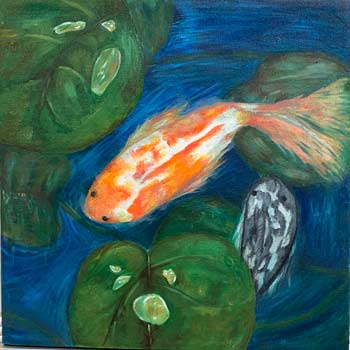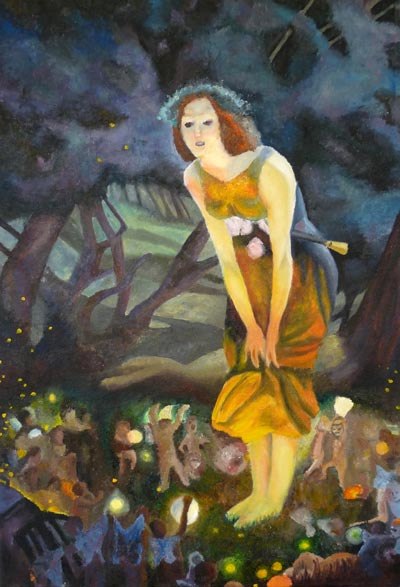
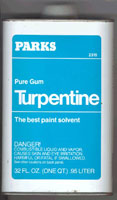
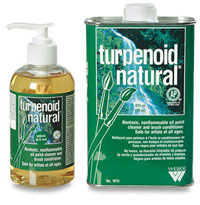
You need to have one container with just solvent, and the other with medium
A standard painting medium is 1 part oil to 2 parts solvent.
The most common oil is linseed and its varieties (refined, cold pressed, or stand oils) but some painters use safflower, walnut or poppy oils.
Put the solvent (mineral spirits, or brush cleaning fluid) in a closeable container.
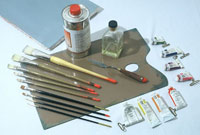
Have enough room for your palette, brushes and palette knife, solvent and solvent/oil containers, rags and paint tubes to be comfortably displayed, readily available for you to use.

If you choose to buy a variety of paint colors, try not to get excited about squeezing every single color onto your palette before you begin to paint, as this will waste a lot of paint.

Keep your paint closed. oils are too expensive to let them dry!!
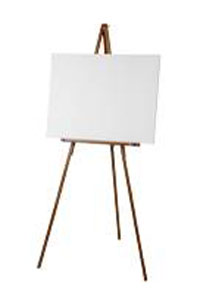
Paint!
This part really depends on what you want to produce. However, there are certain things to keep in mind no matter what you're painting.
For example, oil paints have a short blending life on the canvas. It is not hard to turn an area into a dull brown mud spot if there are a lot of repetitive layers and alterations made.
If you try to alter something and it doesn't work immediately, grab a rag and wipe it off. All the paint from that area will come off.
Oils take a while to dry, so you have time to remove paint for almost 24 hours after the application. Just like any other paint, if you make the first coat too thick, it won't dry all the way.

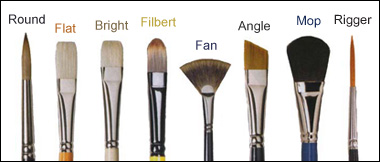
Clean your brushes well between color changes.
When you are ready to remove paint from your brush and use a different color, wipe as much paint off with a rag as you can before putting the brush into the thinner. This will make your thinner last longer and will remove more paint from the brush.
Swish your brush in the thinner container, then dry it off with a rag.


